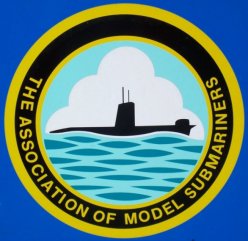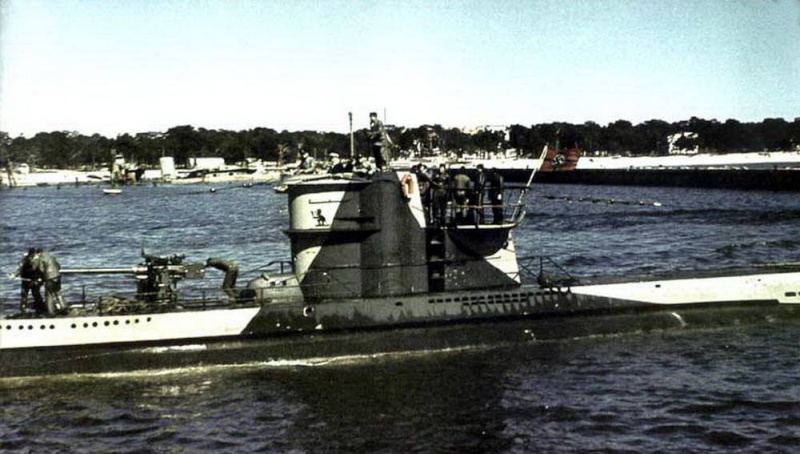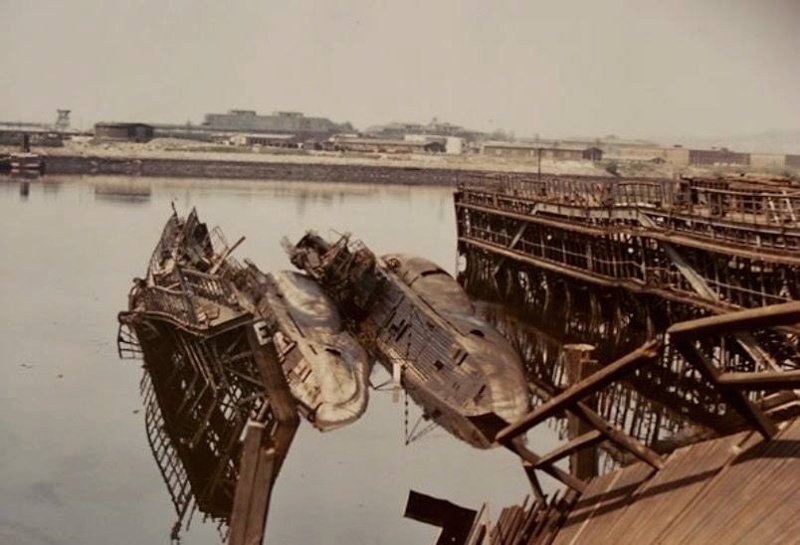
The U-175 was a Type IXC U-boat of the German Kriegsmarine during World War II. She was laid down on 30 January 1941 at Bremen, and commissioned on 5 December 1941 with Kapitänleutnant Heinrich Bruns in command. After training with the 4th U-boat Flotilla, U-175 was transferred to the 10th U-boat Flotilla for front-line service. Throughout her career, the boat undertook three war patrols during which she sank 10 merchant ships amounting to a total of 40,619 gross register tons (GRT) before being sunk by the US Coast Guard cutter Spencer on 17 April 1943.
In 16 April 1943 BdU ordered The U-175 to join an attack on convoy HX-233, a Liverpool-bound convoy which had departed Halifax and New York earlier in the month, which had been spotted by U-262 while on a clandestine operation to pick up German prisoners-of-war. Steaming at full speed, the boat beat towards the convoy for 10 hours before finally spotting it just before midnight on 16 April. At this point Bruns reported the sighting to BdU, who relayed it to two other boats, U-382 and U-628, while Bruns attempted to get in front of the convoy to set up an attack. Four other boats – U-226, U-264, U-358 and U-614 – also subsequently converged on the convoy.
In the early morning of 17 April, U-628 torpedoed one of the freighters in the convoy, Fort Rampart. A short time later, one of the convoy's escorts, the United States Coast Guard cutter Spencer, under Commander Harold Berdine, responding to a signal from one of the other escorts, the corvette HMCS Arvida, moved away from the convoy to screen the cutter while it picked up survivors. Once this was completed, she steamed back towards the convoy. As she came back, she attempted to pass ahead of the convoy to take up her station, and in doing so found U-175 where she was sitting at periscope depth preparing to launch a submerged attack upon the G Harrison Smith, a tanker of 11,752 GRT. Picking up a contact on her sonar about 5,000 yards (4,600 m), she rushed ahead at full speed. The sound of the sonar pinging on the boat alerted Bruns to the danger and he gave the order for the boat to dive. However, Spencer launched a salvo of 11 depth charges which exploded above and below the boat. The result was that the boat went into a dive bow first and just as they began to restore buoyancy, Spencer launched a second salvo. This second attack ruptured U-175's pressure hull, destroyed the electric motors and damaged several batteries which, as a result, began to give off poisonous gas.
At this point Spencer attacked again and was joined by another Coast Guard cutter, the Duane, they waited for U-175 to surface. On board U-175, quick thinking by the boat's engineer to blow the ballast tanks had prevented them from sinking further and helped right the boat, but communications had been knocked out and it became clear to Bruns that the only option was to surface. Giving the order, the boat rose to the surface; as it did so, Spencer and Duane began firing at close range, while Spencer's commander, Berdine, closed with intent to ram. But Bruns was not intending to fight it out and, seeking to save his crew, led the way onto the conning tower to signal his intention to surrender. The Coast Guard crewmen, however, did not immediately understand the Germans' intentions and maintained a devastating fire on the conning tower that cut down Bruns and a number other men and forced the others to delay their exit. During the firing, stray rounds from one of the merchant ships hit Spencer killing one and wounding seven others.
At this point, Beredine, believing U-175 to still be in the fight, put Spencer about to ram the U-boat but the escort commander, Commander Paul Heineman, ordered him to "heave to" and put a boarding party across instead. As the remaining Germans began to jump into the sea, the Spencer's boarding party attempted to get into the U-boat to search for documents and survivors. The boat quickly began to go under, though, and as a result they were forced to make a hasty departure without having found anything. Of the 54 men that had embarked in U-175, 13 were killed, 19 were rescued by Spencer and 22 were picked up by Duane, where they were formally taken prisoner, treated for their wounds and provided with dry clothing and warm food. Meanwhile, the battle for the convoy continued. A number of other boats, including U-382, U-226 and U-264 were badly damaged in the ensuing engagement and the Allies would later reinforce the escort around convoy HX-233 and increase the air assets assigned to it. In response, on 18 April, BdU canceled operations against the convoy, which subsequently arrived in Liverpool on 21 April, having lost only one of its 57 ships.
U-175's final resting place is recorded as south-west of Ireland, at position 47°53′N 22°04′W Coordinates: 47°53′N 22°04′W.





























» RC Drift Gyro for pitch control
» WW2 mini sub build
» sonar data link
» Robbe Seawolf V2
» ExpressLRS - 868/915 Mhz equipment
» Flight controllers as sub levelers
» 868/915 Mhz as a viable frequency for submarines.
» Microgyro pitch controller corrosion